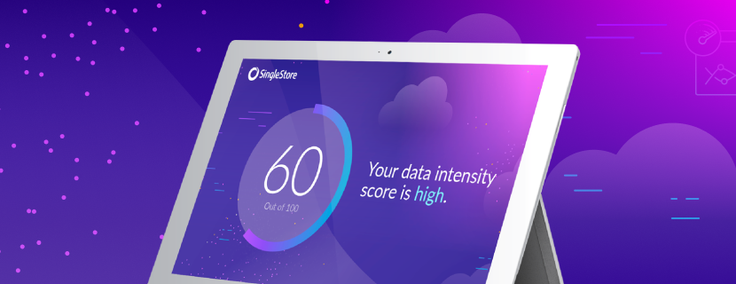
Modern applications live in the cloud, and access and generate large amounts of data. This data needs to be aggregated, summarized and processed — and presented to users in a way that is understandable, interactive and served up in real time. As applications evolve to meet these new requirements, they are using data more intensely than ever before.
If we can break through the bottlenecks of existing technology, we start to see how we can better interact with our customers, partners and employees. One of the biggest challenges in the infrastructure when it comes to data is the database — building a data-intensive application requires a database that can handle the intensity.
What Is Data intensity?
Most people have an intuitive understanding of what this means. But how do you measure intensity? In physics, the definition is “Power over Surface area over Time.” But data intensity is also made up of several dimensions, and it is high requirements among these dimensions that make an application data intensive.
To help organizations better understand how data intensive their applications are (and therefore what kind of data infrastructure they need), SingleStore introduced the Data Intensity Assessment Calculator, which is derived from five key dimensions:
- Query latency: Query latency is the amount of time it takes a database to execute a query and receive a result. Data-intensive applications often have strict SLAs for query latency.
- Concurrency: Data-intensive applications often need to support a large number of users or concurrent queries without sacrificing the SLA on query latency.
- Query complexity: Data-intensive applications must be able to handle both simple and complex queries.
- Data size: Modern databases must be able to effortlessly operate over large data sets.
- Data ingest speed: Data-intensive applications must be able to load – or ingest – data at very high rates, from thousands to millions of rows per second.
Using these five variables, the Data Intensity Assessment calculates the data intensity of your application and provides an assessment of what kind of data infrastructure is needed to deliver on the SLAs and user experience your application requires.
How Data Intensive Are Your Applications?
Take this three-minute assessment to find out. Your ideal database might be just around the corner!





